The NASDAQ Composite Index fell to as low as 1777.02, but recovered near the end of the trading hour to end 84 points, or 4.34 percent, lower on the day. Globally, the equity markets lost an estimated $2.5 trillion of value.
All 30 companies in the Dow declined, and only 6 companies within the S&P 500 ended the trading day higher. One hundred-and-fifty seven companies within the S&P 500 companies lost more than 10 percent of their value and an additional 280 fell at least 5 percent. More than half traded at 52-week lows.
A rough start on Monday trading sent markets in Asia down as much as 5 percent on average. European markets followed suit, after an increase in bank bailouts and commodities trading firm collapses amidst concerns of a global economic retraction. Russia’s Micex Index lost 20 percent despite shutting down three times and halting trading twice.
Despite the historical bailout plan, investors around the world feared that it is going to take more than just money to reinstall order in the financial markets. Timing of the rescue plan is still unresolved.
Joseph V. Battipaglia, chief investment officer at Ryan Beck & Co., said government intervention certainly would help. However, he believes investors are sensing that what’s happening in the economy is a shift in the extent to which consumers and businesses take on debt, a change that will take years to play out.
Investors today fled for safety, gobbling up treasuries, and interest rates remained elevated as everyone prefers cash on speculation that more bankruptcies may come.
The lending rate between government and banks for 3 month have reached historical high of 3.95 percentage points, the biggest since 1984 according to Bloomberg data. Three month treasury bills slid down to 0.42 from 0.5 percent since Friday. The demand for bills surges due to their associated risk level, in such instance the uptick in bill price will cause a decrease in interest rate. U.S. government treasury bills are regarded as one of the safest instruments around. Gold also took flight for a 4.37 percent hike, moving against the current turmoil to achieve 869.6 dollars per ounce.
Global economies are going through a process of deleveraging, and along with it a fresh up round of assets repricing. Sensing that $700 billion may not restore order, the selloff began early in Asian markets, further exacerbated by Europe’s own bank failures, as BNP Paribas agreed to take on 75 percent of stake in Fortis Bank’s Belgium operations after the previous hope of a government rescue had failed.
Denmark and Germany both announced that its consumer bank deposits would be guaranteed. At the same time, the French President and Italian Prime Minister made public pledges of similar guarantees.
The Chicago Board Options Exchange Volatility Index, a measure of protection against declines in the S&P 500, surged to a record high of 58.24.
“It’s a financial panic, total dislocation in the financial industry across the board,” Ralph Shive, chief investment officer at 1st Source Corp., with 3 billion dollar under management.
The emergency auctions of loans to commercial banks were increased to $900 billion dollars, double its previous amount by the Federal Reserve in an effort to restore liquidity in short-term lending. The central bank also will begin paying interest on bank deposits under authority it gained from last week’s financial-rescue legislation.
David Bianco, UBS AG’s New York-based chief equity strategist, abandoned his year-end target, and changed 12-month forecast for the S&P 500 to 1,500 citing deeper-than-expected recessions in U.S. and Europe.
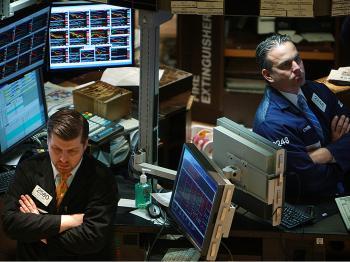
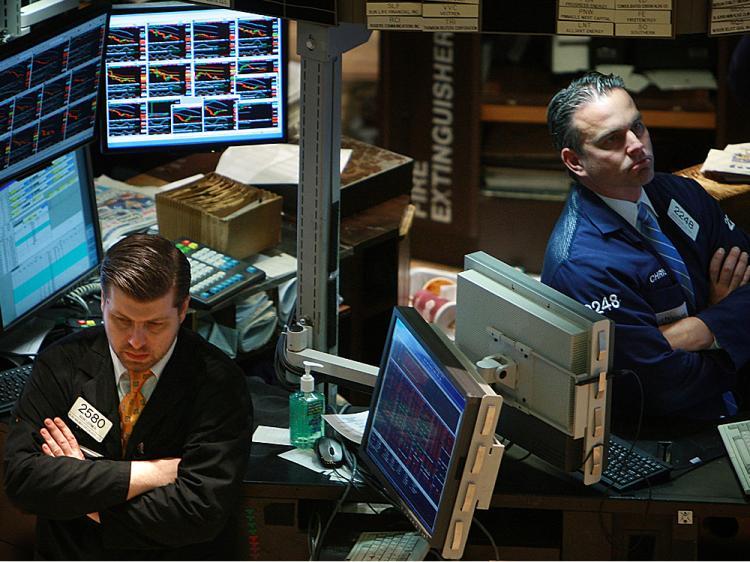
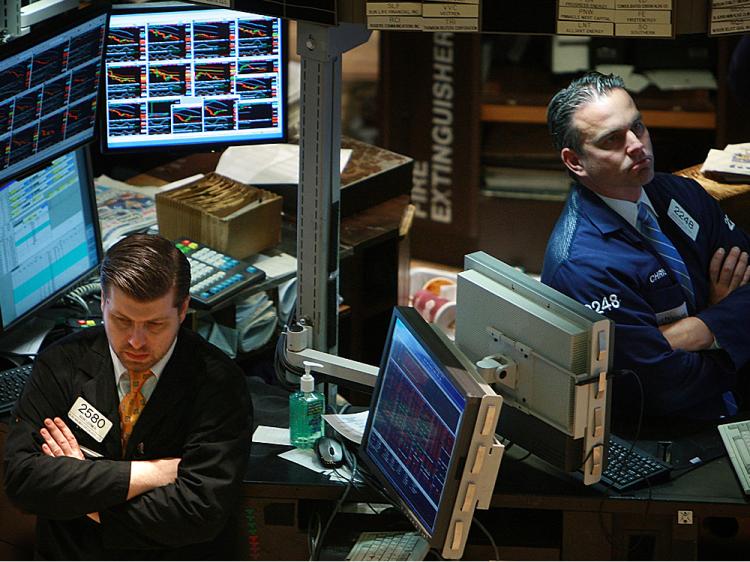

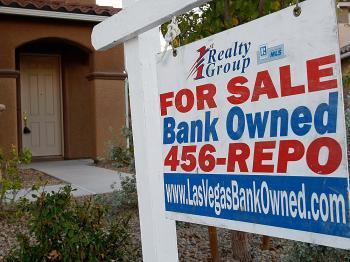
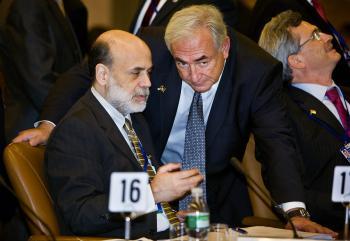
Friends Read Free